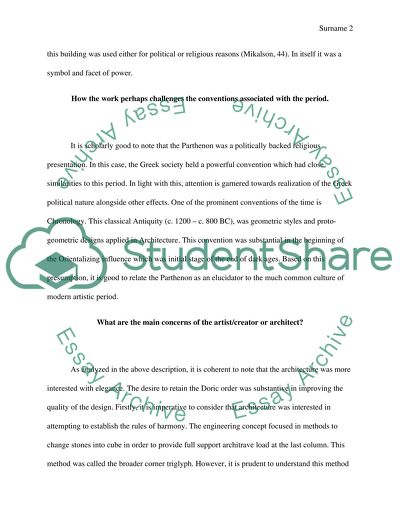Cite this document
(“Greek Parthenon Architect Essay Example | Topics and Well Written Essays - 1500 words”, n.d.)
Greek Parthenon Architect Essay Example | Topics and Well Written Essays - 1500 words. Retrieved from https://studentshare.org/history/1494818-greek-parthenon-architect
Greek Parthenon Architect Essay Example | Topics and Well Written Essays - 1500 words. Retrieved from https://studentshare.org/history/1494818-greek-parthenon-architect
(Greek Parthenon Architect Essay Example | Topics and Well Written Essays - 1500 Words)
Greek Parthenon Architect Essay Example | Topics and Well Written Essays - 1500 Words. https://studentshare.org/history/1494818-greek-parthenon-architect.
Greek Parthenon Architect Essay Example | Topics and Well Written Essays - 1500 Words. https://studentshare.org/history/1494818-greek-parthenon-architect.
“Greek Parthenon Architect Essay Example | Topics and Well Written Essays - 1500 Words”, n.d. https://studentshare.org/history/1494818-greek-parthenon-architect.


